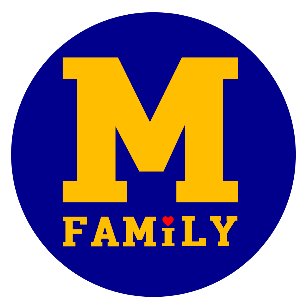Slavery of Children
What is child slavery?
Childhood should be a time to grow, learn, play and flourish in safety. But, an estimated 10 million children around the world don’t have that chance. Instead, they wake up each day trapped in modern slavery.
Some have been forced into back-breaking work in mines, brick kilns, sweatshops and private homes. Others are forced into sexual exploitation, begging or selling drugs. And it happens closer than we would like to think– children in the UK are often just as vulnerable to trafficking or exploitation.
Children, especially children from disadvantaged backgrounds, are particularly vulnerable to slavery as they can be more easily manipulated or tricked than adults. They are easily controlled and unlikely to demand higher wages or better working conditions.
Some are far away from their families, while others have no one to look out for them, or no wider support network to recognise the signs that they are being exploited.
Common forms of slavery of children
- Children used by others for profit in prostitution, pornography, or other forms of sexual exploitation
- Children forced into begging, petty crime or the drug trade.
- Forced labour, for example in agriculture, factories, construction, brick kilns, mines, bars, tourist industry or in private homes.
- Children forced to take part in armed conflicts. This includes not only child soldiers, but also porters or girls taken as ‘wives’ for soldiers and militia members.
- Children forced to marry. When a child doesn’t consent to a marriage, (or doesn’t fully understand consent), is exploited within their marriage, or is not able to leave, that child is in slavery.
Child work, child labour, child slavery – what’s the difference?
The terms around exploitation of children can be quite confusing so here is a short guide.
- Child work. Some types of work make useful, positive contributions to a child’s development, helping them learn useful skills. Often, work is also a vital source of income for their families.
- Child labour. Child labour is not slavery, but nevertheless hinders children’s education and development. Child labour tends to be undertaken when the child is in the care of their parents.
- Worst forms of child labour.“Hazardous work” is the worst form of child labour. It irreversibly damages children’s health and development through, for example, exposure to dangerous machinery or toxic substances, and may even endanger their lives.
- Child slavery. Child slavery is the enforced exploitation of a child for someone else’s gain, meaning the child will have no way to leave the situation or person exploiting them.
- Child trafficking. Trafficking involves transporting, recruiting or harbouring people for the purpose of exploitation, using violence, threats or coercion. When children are trafficked, no violence, deception or coercion needs to be involved, trafficking is merely the act of transporting or harbouring them for exploitative work
